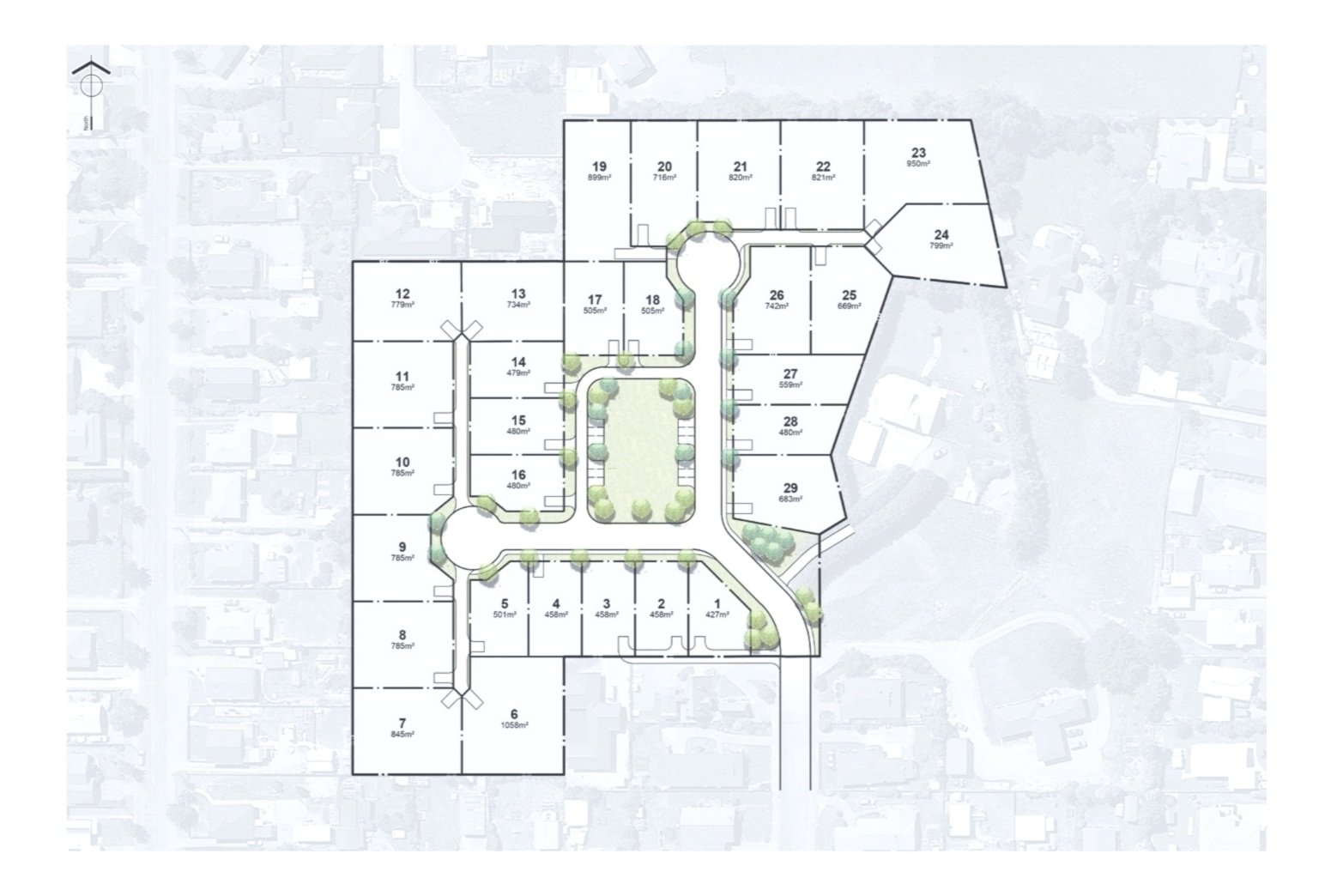
Demystifying the Subdivision Process NZ
Considering subdividing your land? It's crucial to have a comprehensive understanding of the entire subdivision process NZ, including all the related details. The right advice from expert planners, surveyors and engineers can save you time and money in the long run.

Subdivision stands as one of the core specialised services offered by Bonisch. We have undertaken 1000s of subdivisions over the 50+ years we have been operating. Bonisch’s subdivision experience ranges from boundary adjustments, two lot subdivisions to large scale (100+ lot) greenfield and brownfield developments.
Types Of Subdivision
Here are the primary four subdivision categories:
Boundary Adjustment Subdivision – adjusting the boundaries between two existing title areas where on completion of the subdivision no additional titles are created. Typically used in rural areas to manage landholdings between farms, or in urban areas to provide more land area to one lot or rectify a site which has a building located over a common boundary. This is the most straightforward type of subdivision and is usually a controlled activity.
Freehold Subdivision - This is the most common type in which each newly created lot requires an individual Record of Title. In this process, a larger piece of land is divided into smaller plots, each having its own distinct legal ownership. Freehold subdivisions offer complete ownership rights to the land and the structures built upon it. Owners have the freedom to sell, lease, or develop their properties independently.
Unit Title Subdivision - It involves properties joined together, such as apartment buildings or townhouse complexes. Each unit within the building or development has its separate title. Unit title subdivisions are popular for multi-story residential or mixed-use buildings, allowing owners to have individual ownership of their unit and shared ownership of common areas like lobbies, hallways, and amenities. This type of subdivision often involves the establishment of a Body Corporate, responsible for managing shared facilities and resolving common issues among unit owners.
Cross Lease Subdivision - It’s a unique arrangement where buildings on the land are individually owned, but the land itself is jointly owned by all parties registered in the cross lease. Each property owner holds shares in the land collectively. New cross lease subdivisions are not common in NZ now, but there may be a requirement to rectify an existing title due to changes to the buildings on the land.

The Benefits Of Subdividing Your Land
Subdivision can significantly boost your finances by creating multiple sellable or leasable lots from a single property. This can result in a substantial increase in overall revenue, especially if the subdivided lots are in high demand areas.
For those looking to expand their investment portfolio, subdividing land provides an opportunity to diversify assets. It allows you to enter different markets and spread your investments across multiple properties. Plus, smaller, well-planned lots often have higher market demand, thereby enhancing the market value of each individual lot.
Thus, subdividing can be a strategic financial move. However, it's essential to conduct a thorough feasibility analysis and consider all associated costs, including council fees, consulting fees, and potential changes in your current property's value, before making a decision to subdivide.
What Services Do Bonisch Provide for Subdivision
Bonisch offers a comprehensive range of services for subdivision projects, from initial feasibility assessments to legal liaison and compliance management. Our expertise in planning, cadastral surveying, engineering design, and project management ensures the successful execution of subdivision projects while adhering to the highest standards of quality and compliance.
Key components of our subdivision services include:
Feasibility of Subdivision - This involves evaluating various factors such as site conditions, local regulations, environmental impact, and market demand.
Scheme Plan - This plan details the placement of lots, roads, utilities, and common areas and serves as the blueprint for the subdivision process.
Resource Consents - This involves preparing and submitting resource consent applications, liaising with project consultants and local councils to secure resource consent
Engineering Design - Includes civil design and detailed engineering plans that ensure the efficient functioning of the subdivision's infrastructure. These assessments will always be required for large scale subdivisions and in some cases smaller scale developments.
Surveying – Includes the field survey on site to peg the site boundaries, preparation of title plans and lodgement with Land Information NZ. Our surveyors can also prepare as-built information for submission to Council.
MSQA (Management Supervision Quality Assurance) – Bonich can manage the construction works for your development, including procuring tenders from contractors, monitoring and sign off of construction works and liaising with Council engineers to enable a smooth construction and approvals pathway.
Timelines can differ depending on the complexity of your development. For further details on timing or any of the above, please get in contact for some free, no obligation advice!


